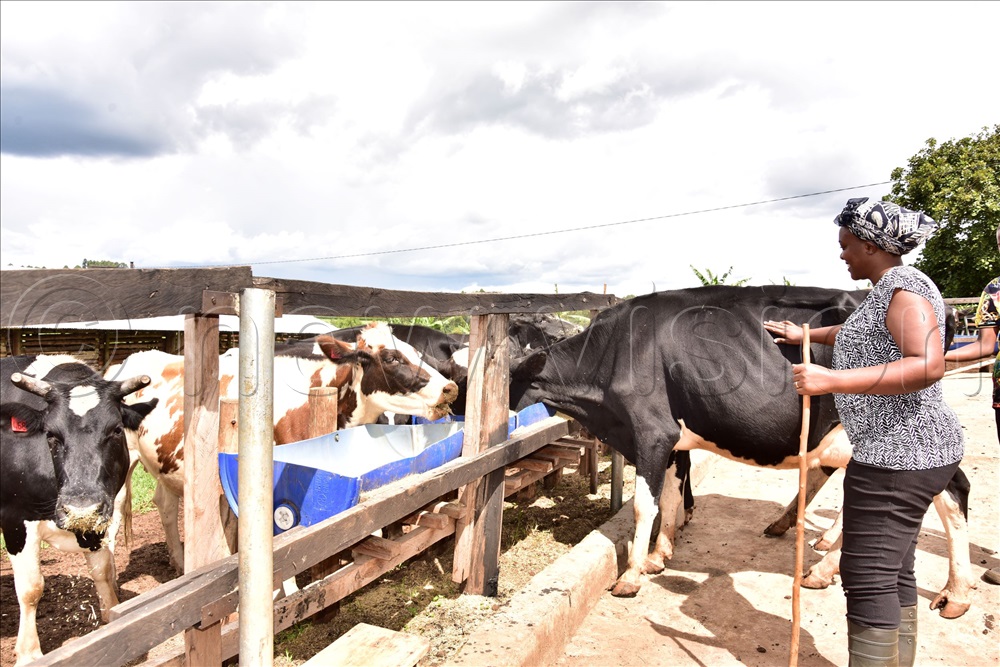Cleanliness on a farm is not just about appearance, it directly impacts animal health, productivity, and profitability.
For commercial farmers, ensuring that animals eat in a clean, hygienic environment is critical to reducing disease, improving feed efficiency, and boosting yields in meat and milk production.
Richard Nyakaana, the director of Kana Farm in Fort Portal, believes that a clean feeding environment is non-negotiable.
“Every animal on this farm eats and sleeps in a clean space. It’s an order,” he says.
His farm maintains a strict daily cleaning routine, where troughs are scrubbed, bedding refreshed, and feed residues removed.
“Spoiled or moldy feed invites bacteria and fungi, which can affect the animals’ digestion and immunity,” he explains.
Phoebe Kagambe, a dairy farmer in Kyenjojo district, insists on maintaining spotless feed and water areas.

“We clean feed troughs twice a day. Even the floor around the feeding space is washed regularly. This has reduced the spread of mastitis, foot rot, and diarrheal infections,” she says.
Charles Kavulu a veterinary explains that contaminated feed areas are hotspots for parasites and disease-causing organisms.
“Animals often defecate near feeding zones, and if this is not cleaned quickly, pathogens can spread through feed and water. It affects growth rates, fertility, and milk production,” he warns.
He advises farmers to design feeding areas with concrete floors for easy cleaning, use raised troughs, and ensure proper drainage to avoid stagnant water.
Maintaining a clean eating environment enhances feed utilisation, lowers veterinary costs, and leads to healthier, more productive animals. For farmers aiming for sustainability and profit, cleanliness isn’t optional, it’s essential.





